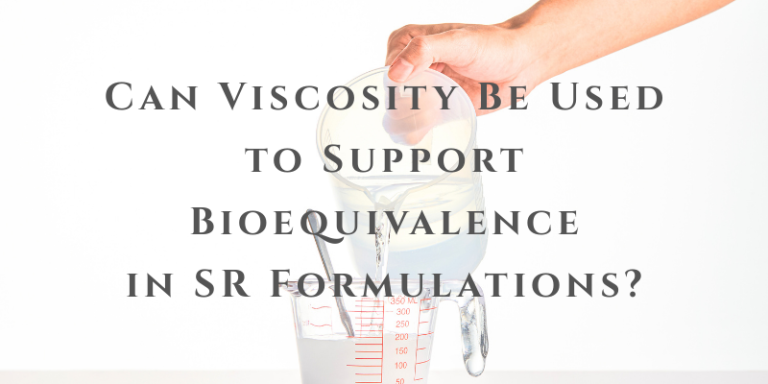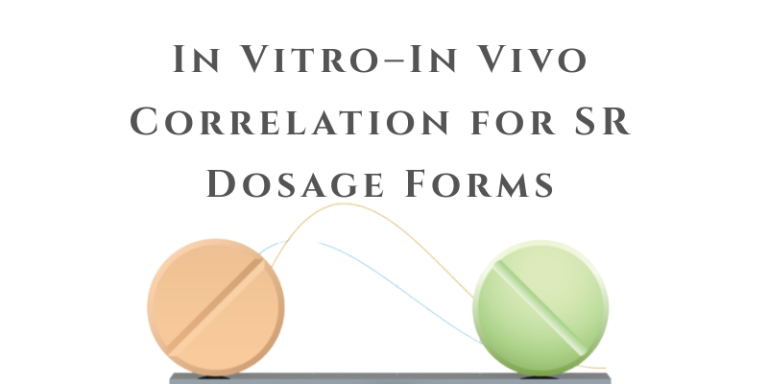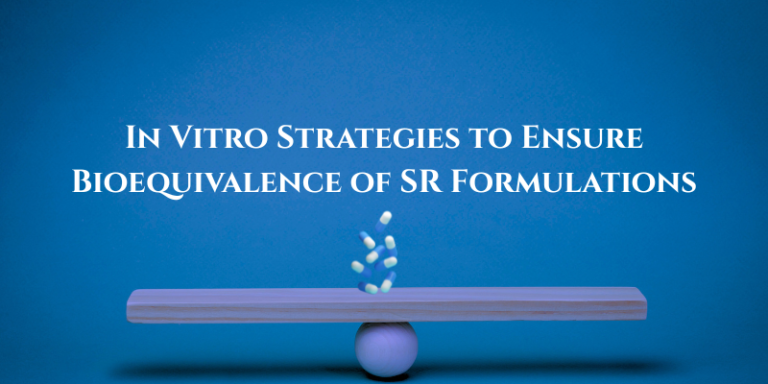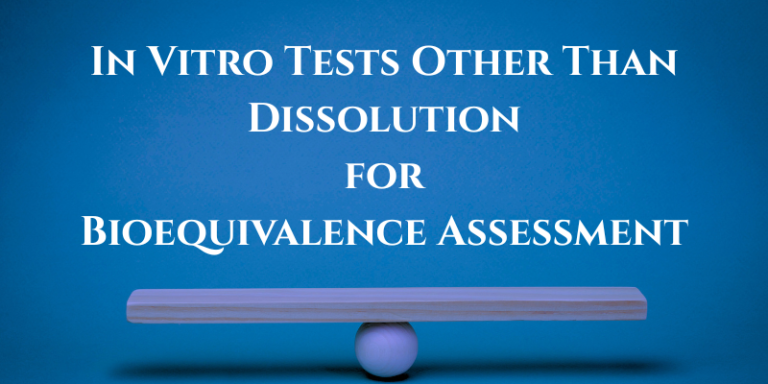Can Viscosity Be Used to Support Bioequivalence in Sustained-Release (SR) Formulations?
A Practical Tool in Matrix-Based SR Product DevelopmentIn sustained-release (SR) oral dosage forms, drug release is often controlled by polymeric matrices—especially hydrophilic polymers like HPMC or hydrophobic ones like ethyl cellulose. One critical but often underappreciated factor that governs the release kinetics is the viscosity of the hydrated matrix system. The gel layer viscosity plays…






